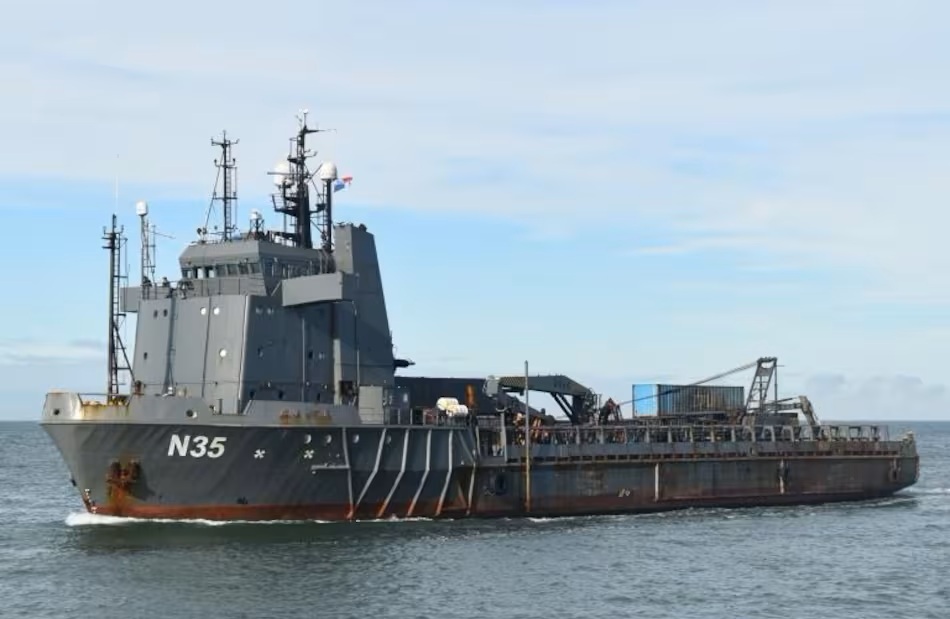Algae Potential in Panama

Algae provide a wide range of options, both scientifically and commercially, however, in Panama there is a need to further enhance this sector. Noemí León, biologist and expert in the study of algae, highlights that there is potential in the Panamanian resource, especially for export.
León adds that it is an innovative undertaking to cultivate algae in order to obtain some industrial use. “More dissemination is needed, to create interest in young scientists that it is a resource with a lot of potential”. The professor explains that commercially, algae are found in toothpaste, beauty products and many food products. It also constitutes a thickener and gelling agent in cooking. According to León, there are already companies in the country dedicated to the commercialization of algae, but these algae would not be native. “I think we do have the conditions, especially because we have the natural laboratory that is the sea to investigate them. It’s just a matter of finding the funds,” he said.
The study of algae in Panama is beginning to emerge, but there is a large amount of flora to be discovered. There are studies on algae on both the Caribbean and Pacific sides, however, in the latter there are fewer. “If we compare them with those of vascular plants, the information we have is little. It catches our attention because Panama has coasts on both sides,” he said. According to León, the study of these organisms is not difficult, but they need more people interested in elucidating diversity. “There are many forest botanists but in the case of algae specialists in Panama we do not have them. It becomes more complicated,” he noted.

Brown algae species, Dictoya.
Algae play an important role in capturing carbon dioxide and, like plants, carry out photosynthesis. They also maintain aquatic ecosystems with a high level of productivity. According to a 2012 study, in all of Central America, at the Pacific level, Panama ranked second in species diversity with 175. León explained that there is a significant amount of red algae on both coasts of the country.
In this sense, Dr. Ariel Rodríguez advocates for the protection of the areas that host this biodiversity. This is the case of Punta Burica, a marine, coastal and terrestrial jewel. He stressed that for the year in question, 26 species were identified among the specimens collected, including 21 new records from the Panamanian Pacific. Unknown transisthmic distributions and two new species were also detected. “I have been trying for years to promote the protection of the peninsula under the category of protected area, given its biotic richness and special biodiversity. These scientific findings reaffirm the need to protect the region,” he stated.





